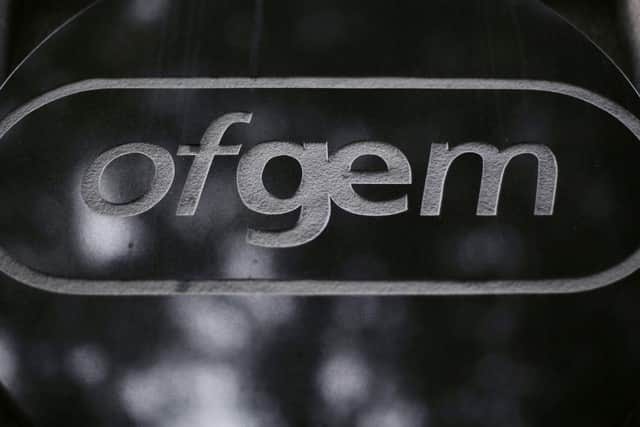Level of consumers in debt to electricity providers reaches five year high
Some 777,000 households were in debt between July and September, a number not seen since the same period in 2015, energyhelpline.com said, citing figures obtained under a Freedom of Information request to regulator Ofgem.
The first three quarters of the calendar year showed a rise in the number of consumers in debt to their supplier compared with the same quarter of 2019, the company said, with a 12% increase for January-March, a 5% rise in April-June and a 7% jump for July-September.
Advertisement
Hide AdAdvertisement
Hide AdEnergyhelpline said the rises represented a surge of energy debt across Britain as Covid restrictions forced up home usage, particularly in colder months.


This also came as the pandemic built pressure on household finances and as wholesale energy prices continued to rise since the spring due to pressure on markets from the global pandemic.
The price comparer is also predicting the Ofgem price cap – which caps the price of standard variable tariffs – will be adjusted upwards at its next review early this year due to rising wholesale prices and the need for suppliers to cover bad debt.
It called on Ofgem and suppliers to “do all they can to support the most vulnerable consumers struggling to pay their energy bills as a result of the pandemic”.
Advertisement
Hide AdAdvertisement
Hide Ad“Today’s figures could be the beginning of a surge in energy debt right across the country. Not only are consumers facing higher bills as a result of having to use more energy at home, but the pandemic also leading to the real prospect of more expensive energy into 2021,” energyhelpline’s director of energy Tom Lyon said in a statement.
“Wholesale energy prices, which make around half of energy bills, have continued to increase since last spring as markets recover from the height of the global pandemic. This, in turn, has helped raise the cost of the cheapest fixed tariff by 8% or £63 a year since April – so now is a good time to fix if you’re looking to switch.
“Customers who are worried should ensure they provide an up-to-date meter reading to ensure their bills are accurate, check they’re on the cheapest tariff, and contact their supplier about ways they can help.”